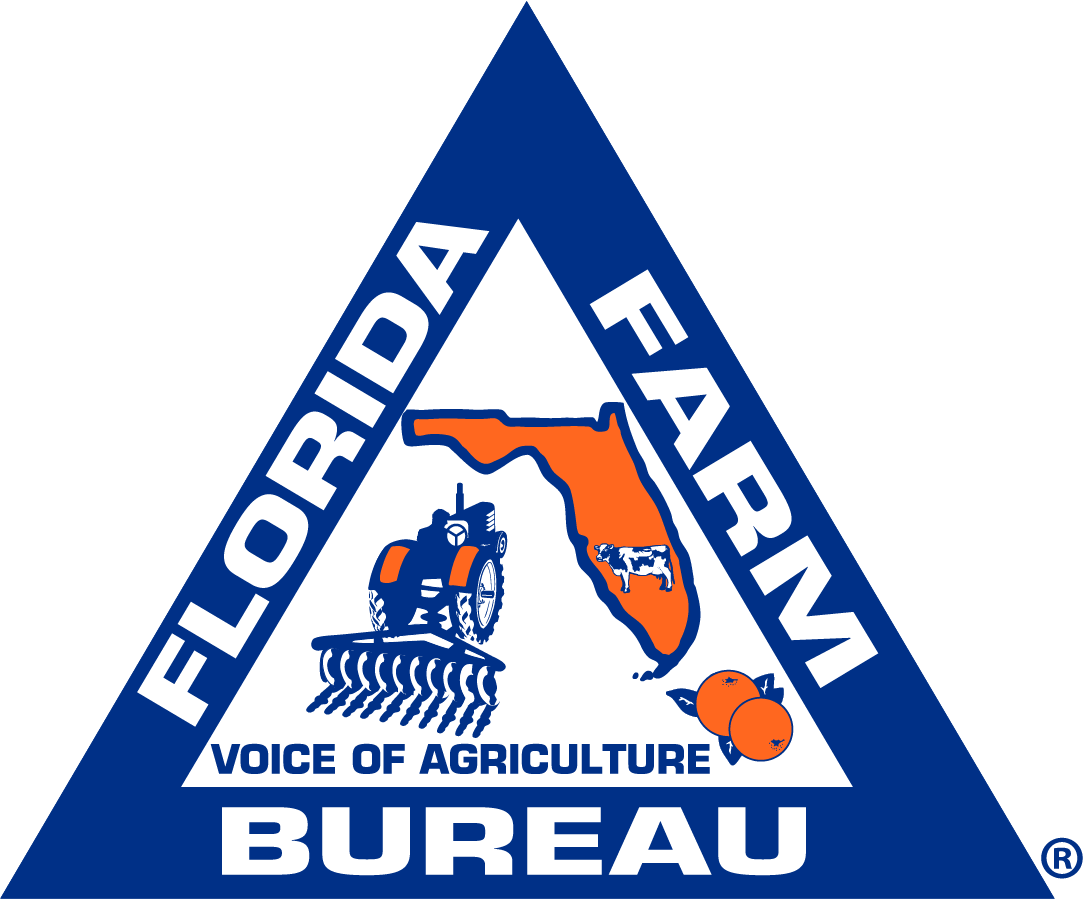December 2024 FloridAgriculture eNewsletter
The U.S. Fish and Wildlife Service (USFWS) is proposing to list the Black Creek crayfish (Procambarus pictus), a crayfish species from Florida, as an endangered species under the Endangered Species Act of 1973. USFWS also proposes to designate critical habitat for the Black Creek crayfish under the Act. In total, approximately 656 miles of streams in Clay, Duval, Putnam, and St. Johns Counties, Florida, fall within the boundaries of the proposed critical habitat designation. If this rule is finalized as proposed, it would extend the Act’s protections to this species and its designated critical habitat. USFWS will also announce the availability of an economic analysis of the proposed critical habitat designation for the Black Creek crayfish. In reviewing the proposed listing, the major threat to this species is resulting from competition from the white tubercled crayfish (which is not native to Florida).
When designating critical habitat, USFWS assesses whether the specific areas within the geographical area occupied by the species at the time of listing contain features which are essential to the conservation of the species and which may require special management considerations or protection. The features essential to the conservation of the Black Creek crayfish may require special management considerations/protection to reduce the effects from the following threats: Impacts from nonindigenous and invading species, including the white tubercled crayfish; impacts from disease; nutrient pollution from agricultural activities that impact water quantity and quality; significant alteration of water quantity, including water withdrawals; and other watershed and floodplain disturbances, such as development and extractive land uses that release sediments or nutrients into the water.
Management activities that could ameliorate these threats include, but are not limited to: control and removal of introduced and invading species; use of BMPs designed to reduce sedimentation, erosion, and bank side destruction; protection of riparian corridors and retention of sufficient canopy cover along banks; moderation of surface and ground water withdrawals to maintain natural flow regimes; and reduction of other watershed and floodplain disturbances that release sediments, pollutants, or nutrients into the water.
Florida Farm Bureau Federation staff scheduled an unofficial, informational meeting with USFWS and Farm Bureau members. Staff will continue to work with USFWS on this and future proposed listing to inform them of potential impacts to agricultural operations and the unintended consequences associated with their actions.

 On February 15, 2024, the U.S. District Court for the District of Columbia issued an order that nullified the U.S. Environmental Protection Agency’s (EPA) approval of Florida’s application to take over permitting authority from the U.S. Army Corps of Engineers (USACE) under Section 404 of the Clean Water Act (CWA) within the state. The court’s decision was based on allegations that the federal defendants violated the Administrative Procedure Act (APA) and the Endangered Species Act (ESA) during the approval process, which occurred in the final days of the Trump administration.
On February 15, 2024, the U.S. District Court for the District of Columbia issued an order that nullified the U.S. Environmental Protection Agency’s (EPA) approval of Florida’s application to take over permitting authority from the U.S. Army Corps of Engineers (USACE) under Section 404 of the Clean Water Act (CWA) within the state. The court’s decision was based on allegations that the federal defendants violated the Administrative Procedure Act (APA) and the Endangered Species Act (ESA) during the approval process, which occurred in the final days of the Trump administration. On April 2, the U.S. Environmental Protection Agency (EPA) announced changes to the pesticide labeling requirements of chlorpyrifos, diazinon, and malathion. Additionally, the EPA committed to issuing Endangered Species Protection Bulletins that set geographic limitations for these organophosphate insecticides, which will be available on Bulletins Live! Two.
On April 2, the U.S. Environmental Protection Agency (EPA) announced changes to the pesticide labeling requirements of chlorpyrifos, diazinon, and malathion. Additionally, the EPA committed to issuing Endangered Species Protection Bulletins that set geographic limitations for these organophosphate insecticides, which will be available on Bulletins Live! Two.